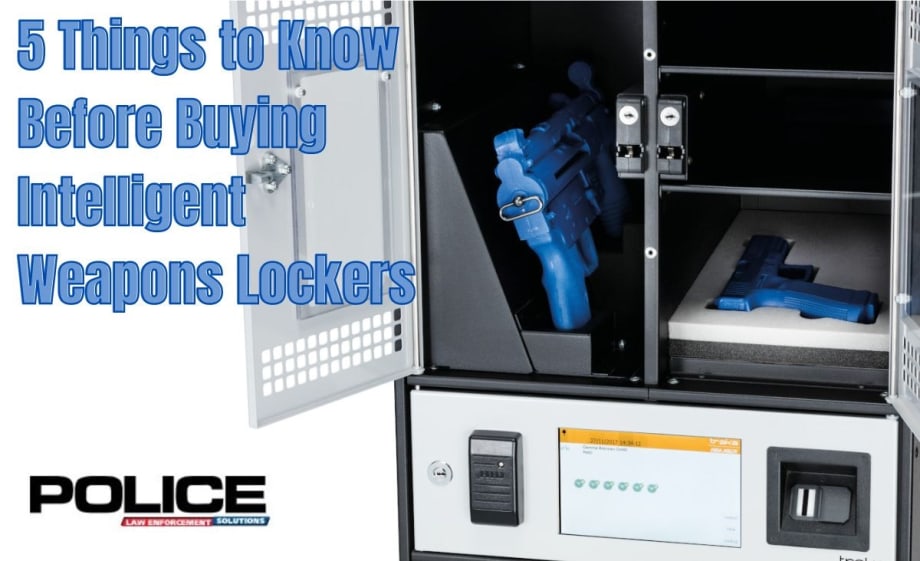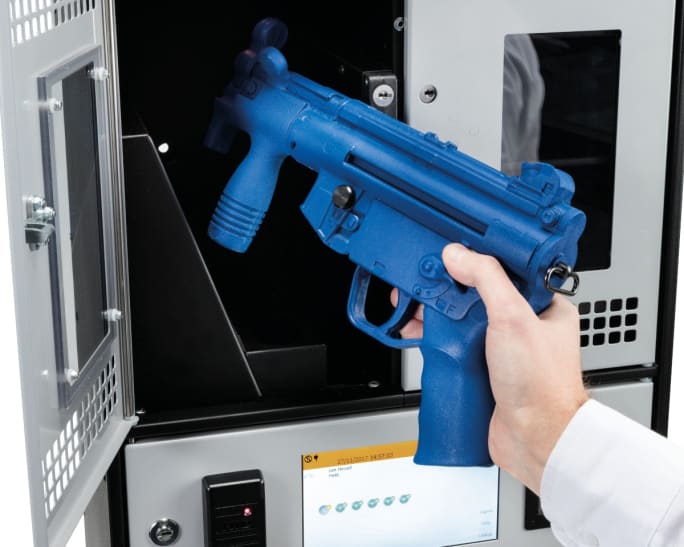“Knowing when an individual has been issued a piece of equipment and having a date and time of when that was issued and who's using it and when it was returned, and if it was safely returned, is really important for organizations,” he adds.
Obviously, he points out, from a security perspective there is a level of access control necessary when storing weapons. Typically, Newell says tracking of when weapons are taken from a locker, and returned, has been a manual process involving an officer noting the process in a logbook. But he says there is now a better process and audit trail with the advent of locker systems using an automated electronic log of who checks the weapons out.
Departments are now seeing the value of implementing a solution that expands past just controlling who has access to weapons. Sure, there are ways to control access and unlock the door to a weapons storage locker, whether by pin code or other methods. But more information can now be gleaned.
“Knowing who's opened the door, and when, only gets you part of the way there. You need to know who's physically taking the asset and when, and who's returned it and when. That's where our intelligent RFID lockers come into play because we're actually RFID tagging the weapon and the asset to create that more comprehensive audit trail,” he says. “We are seeing an adoption of more intelligent electronic solutions that are about asset management, not just access management.”
When a department is planning to purchase intelligent locker systems for weapons, or really any other key assets, where should they start? Newell shares five things to consider before buying intelligent weapons lockers. Those five things are:














